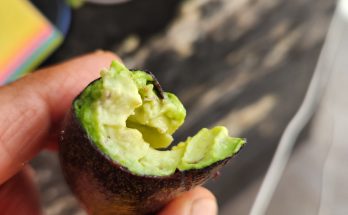By Don Patterson
By the end of Jesus’s first year administration we had put together teams drawing from: 5 universities, 7 federal, state and local government offices and staff, 9 organizations of civil societies and over 14 rural communities. While this was happening, we lobbied the city council for their support to pass municipal regulations for the Department of the Environment and Ecology (DMAE) that included the concept of a Green Fund (Fondo Verde). They did so in March of 2007, four and one half months after the administration began. However, it did not become official until after the state government gave it a green light. This did not happen until seven months later in November.
The new regulations allowed the DMAE to put all of the department’s incoming pesos for fines, permits and donations into a green fund. It was apparent that the incoming pesos for fines and permits was not enough to fund what we needed to know and do in the municipality’s part of the Upper Rio Laja Watershed. The only other legal source for DMAE’s green fund were donations. This seemed to me like one of Margaret Meads, “insurmountable obstacles”. Think about it, San Miguel, with over 200 civil or non-governmental organizations and almost all of them, working with donations or requesting support by the government. This, I thought, would be a very hard sell to the public and I felt like I had neither the inclination nor the character for it.
Then we hit upon an idea while studying 28 environmental impact statements (EIS) that Gerardo and Angel had left me for the department to authorize or reject. In each case they required the developer to reforest a certain number of square meters. It sounded like such a great idea that I reminded myself to congratulate Gerardo. When I added the total number of square meters of restoration for the 28 developers it totaled 54 hectares. Having not yet arrived at answers to my three questions I had no idea where we needed to reforest. Let alone the fact that with the annual department budget I did not have the funds to maintain them. So I went to see the mayor,
At this meeting I proposed to Jesus that instead of square meters of reforestation that the developer put pesos into the green fund in order to pay for, “getting to the bottom of our environmental problems“. The mayor told me that it would be illegal to force the developers to contribute but that I could give them a choice. In order to put this into motion I returned to my office and began to work out a formula.

We started with the recommendations of CONAFOR and SEMARNAT of how many square meters were optimal to successfully reforest trees and/or shrub in our semi-arid environment. Then I calculated the cost of purchase, planting and maintenance per tree for one year. This I calculated at 60 pesos for purchase and planting and another 40 pesos per tree or shrub for maintenance for a year. I then standardized the number of trees required for reforestation, based upon the number of square meters being affected by the developer. The number was 10% of the total development. I was pleased that not one of the developers opposed this alternative after I showed them what the green fund was accomplishing. As a result, from November 17th of 2007 until March 13th 2009, the donations, with the help of fines and permits, we raised, $8,782,106.67. MN. At the pesos/dollar exchange rate at the time, this was close to $900,000 US.




